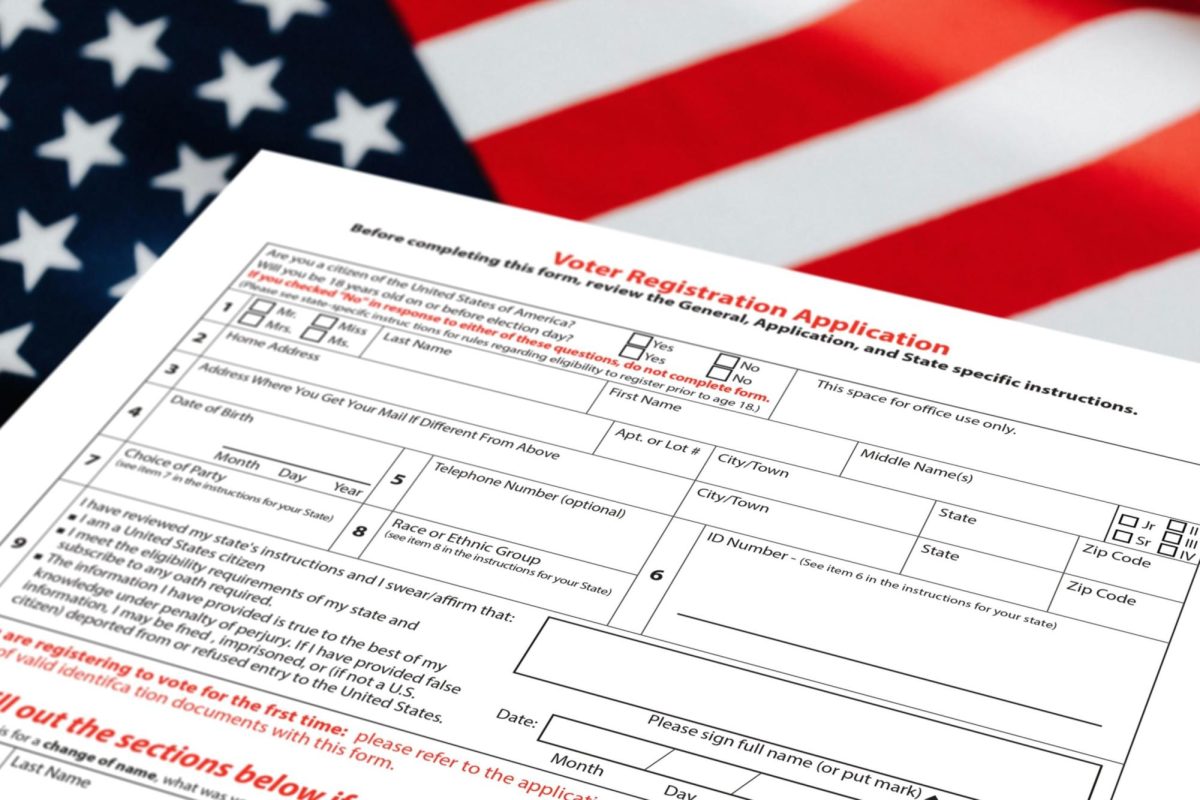On August 9th, Flight 2283 crashed after stalling at approximately 17,000 feet. Videos quickly surfaced of the VoePass passenger plane crashing into a neighborhood outside of São Paulo, Brazil. All 62 people, including 58 passengers and 4 crew members died from the impact.
Although the exact cause of the crash remains unknown, videos of the incident have led to speculation. Aviation experts have considered ice build-up to be a contributing factor. The plane flew at an altitude where icy conditions were expected. However, VoePass claimed that these conditions should have been within an acceptable level. Investigators have yet to determine whether this played a role in the crash.
The aircraft’s “black box”, a recording from the plane’s cockpit, was recovered. The transcription indicated a steep loss of altitude prior to the crash. Final words from the co-pilot were revealed of the co-pilot asking the pilot “What is going on?.” He also told the pilot that the plane needed “more power,” referring to the engines needing this in order to recover from the plane’s stalling. Stalling, according to aviation.gov, is “A breakdown of the smooth airflow over the wing into a turbulent one, resulting in a decrease in lift.” The lift will no longer fully support the airplane’s weight, and the airplane sinks.” This can be caused by a lack of engine power to keep the plane up.
A similar event that occurred 30 years ago may provide further insight into the cause of the crash. “On October 31, 1994, an ATR 72 crash in Roselawn, Indiana; the American Eagle flight 4184 had encountered severe, in-flight icing from freezing drizzle,” CNN stated. Many have compared the tragedies and suspect a correlation. Investigators are still working to reach a conclusion on the cause. The incident has already been named the worst plane crash to happen in 2024.





































